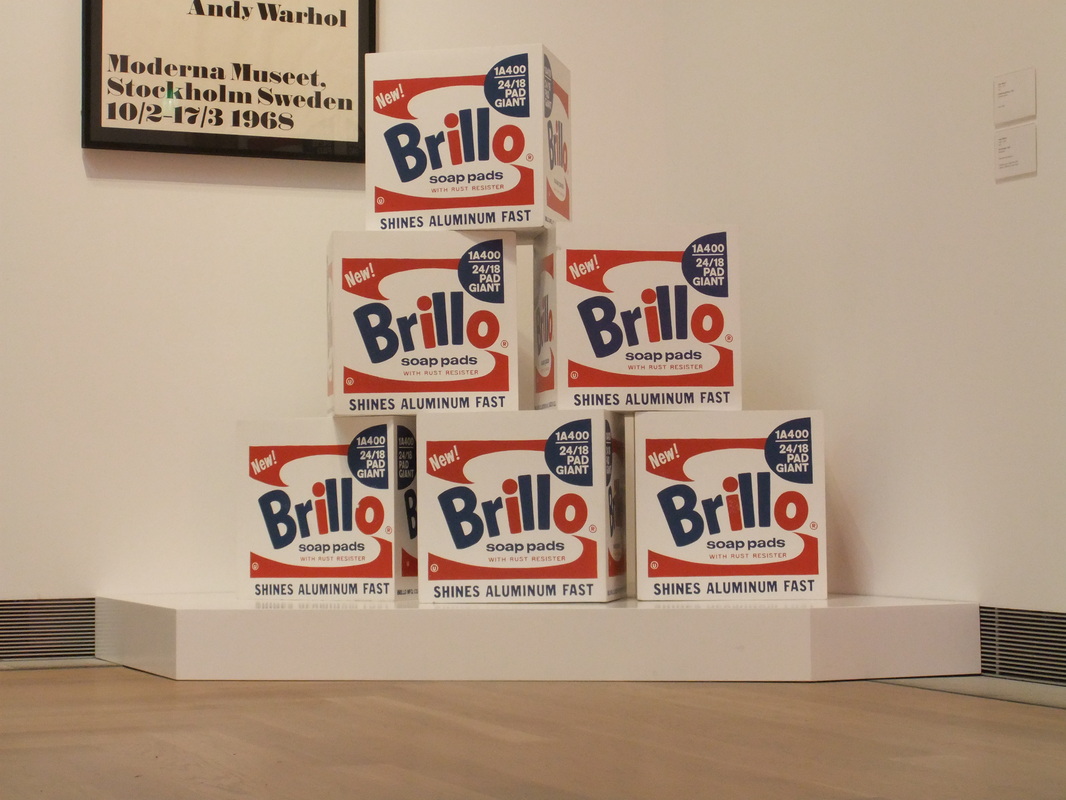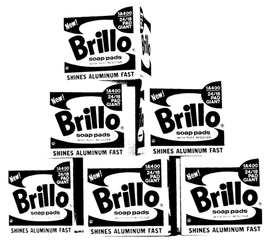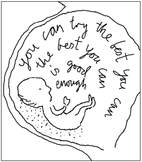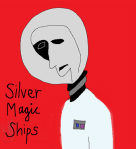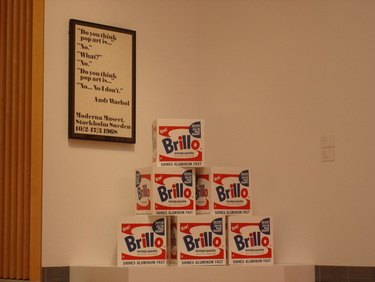
clone, copy, counterfeit,
duplicate,
fabrication, facsimile, fake, forgery,
imitation, impersonation, impression,
likeness,
mock-up,
paraphrase, parody,
replica, reproduction, ringer,
simulacrum,
transcription,
xerox
The Oxford English Dictionary defines the word synonym as:
two or more words (in the same language) having the same general sense,
but possessing each of them meanings which are not shared by the other or others,
or having different shades of meaning or implications appropriate to different contexts.
The notion that meaning and implication are context dependent is highly significant. Take, for example, the following scenarios:
a) A forgery on sale for millions of pounds at an auction
b) a study hanging on the wall of an art gallery
The first of these two examples indicates a deliberate (often criminal) attempt to pass one thing off as another in order to undermine the art world and/or swindle both the potential buyer and the auction house.
A “study”, however, is an entirely different class of object:
An artistic production executed for the sake of acquiring skill or knowledge,
or to serve as a preparation for future work; a careful preliminary sketch for
a work of art, or (more usually) for some detail or portion of it;
an artist’s pictorial record of his observation of some object, incident,
or effect, or of something that occurs to his mind, intended for his
own guidance in his subsequent work.
The intention of the creator and the characterisation of the object determine in large part whether something is a worthless “forgery” or a valuable “study”.
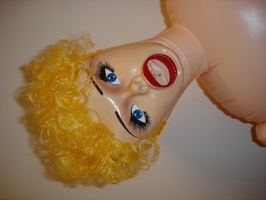
At first glance this temporary exhibition looks like an impressive assemblage of iconic pieces by the likes of Joseph Beuys, Marcel Duchamp and Andy Warhol.
However, the person responsible for these works (and a few sex toys besides) is in fact the American artist, Elaine Sturtevant (born 1930).
A leaflet accompanying the show revels in this assemblage of playfully deceptive things that “defies description and instead frustrates, provokes and gathers strength in maintaining a perpetual stance of opposition.”
This characterisation is exactly the sort of on-the-edge radicalism to which Moderna Museet aspires. The Sturtevant show provides the institution with an opportunity to demonstrate that “Moderna Museet also has a history of confronting authenticity”. Cited in this regard are “the now internationally infamous Brillo boxes.”
The museum leaflet does not go into detail about why they are so infamous. Nor does it point out that they are currently exhibited in a gallery space immediately after the Sturtevant exhibition. The boxes in question are piled up in a corner alongside a label that reads:
In truth these items were donated to Moderna Museet by their creator: its former director, Pontus Hultén. He used this institutional endorsement as leverage when selling other such boxes to private collectors at enormous personal profit.(1)
None of this is mentioned. Visitors are instead fed the normal fare of artspeak mystification enfolding both the temporary Sturtevant exhibition and the museum’s permanent collection. Of the latter, one room is themed: “Art as idea, language and process”. An introductory text panel by Cecilia Widenheim explains how the likes of “Marcel Broodthaers and Hans Haacke were among the first to criticise the art museum as an institution.” At the same time an artist such as “Öyvind Fahlström encouraged his viewers to ‘manipulate’ language.”
A superb example of language manipulation and the continuing need to critique an institution such as Moderna Museet lies immediately behind this vapid statement, namely those Brillo boxes by Andy Warhol (sic).
The means to highlight this are simple. All it would take is an action entirely in the spirit of Sturtevant’s “perpetual stance of opposition” and Moderna Museet’s proud “history of confronting authenticity” and Öyvind Fahlström’s encouragement for “viewers to ‘manipulate’ language.”
All one need do is quietly remove the “manipulative” label next to that pile of Brillo boxes and replace it with the following – what shall we call it? – facsimile, imitation, likeness, parody, transcription:
Note
(1) See my chapter “Introducing Mr Moderna Museet: Pontus Hultén and Sweden’s Museum of Modern Art” in Kate Hill (ed.) Museums and Biographies: Stories, Objects, Identities (Woodbridge: Boydell Press, 2012), pp. 29-44.
___
For a follow up to this story, see Falsity presented as truth (22/08/2012).
